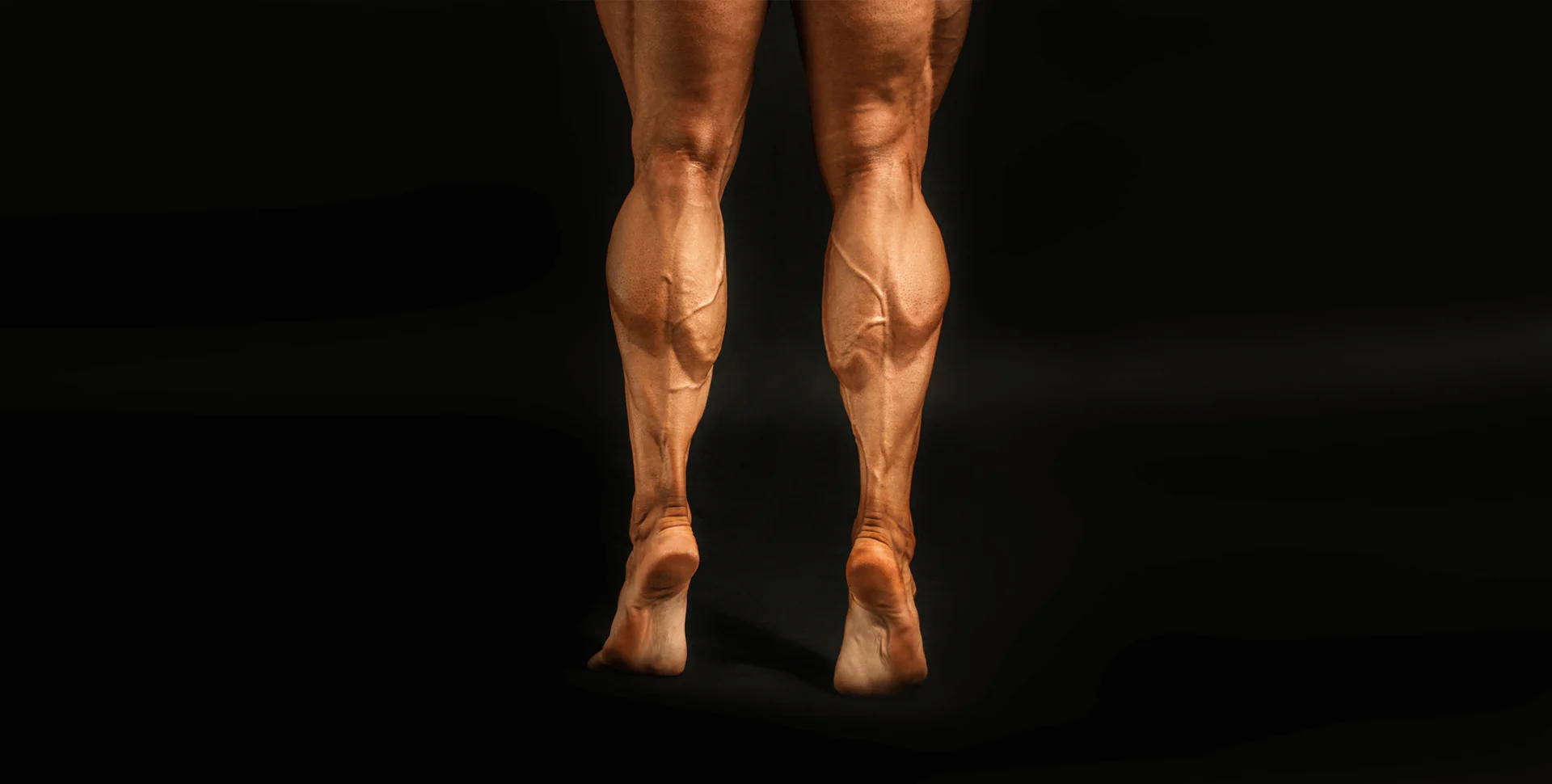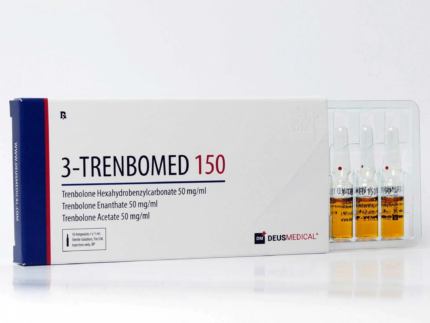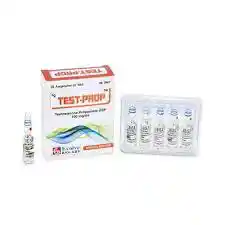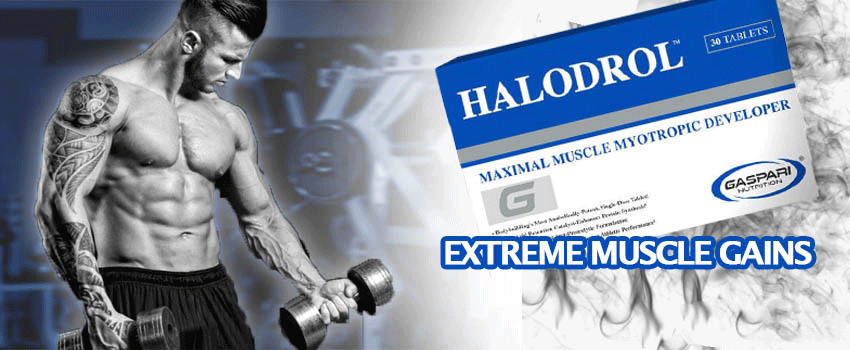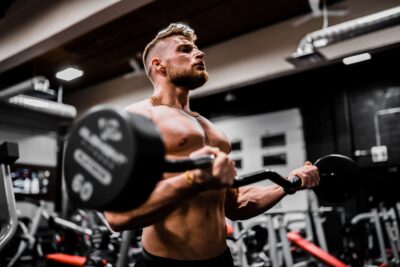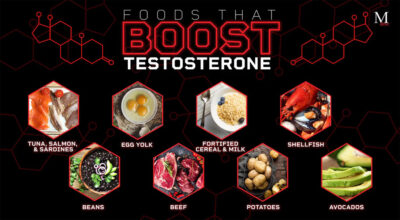1. Introduction to Calf Muscle Development
Building massive calf muscles is a key component of achieving a well-rounded and aesthetically pleasing physique. While often overlooked, well-developed calf muscles contribute significantly to the overall symmetry and balance of the body.
2. Understanding Calf Anatomy
Before diving into the specifics of calf muscle development, it’s crucial to comprehend the anatomy. Calf muscles are comprised of several muscle groups, including the gastrocnemius and soleus. Each group plays a unique role in providing strength, stability, and mobility.
3. Effective Exercises for Calf Growth
Incorporating targeted exercises is key to building massive calf muscles. Calf raises, both seated and standing, are fundamental movements that isolate and engage the calf muscles. Ensuring proper form during these exercises is crucial for optimal results.
4. Tailoring Your Workout Routine
4.1 High-Volume Training
Engage in high-volume training with standing and seated calf raises, targeting endurance fibers for substantial calf development.
4.2 Progressive Overload
Gradually intensify your workouts, employing progressive overload techniques to stimulate consistent calf muscle adaptation and growth.
4.3 Varied Exercises
Rotate through standing and seated calf raises, ensuring a diverse set of exercises to comprehensively target both muscle groups.
5. Frequency and Consistency
Train your calves 2-3 times weekly with consistency, leveraging their endurance to promote growth without plateauing.
6. Proper Form and Range of Motion
Execute calf exercises with precision, emphasizing a full range of motion to maximize muscle engagement and optimize results.
7. Nutrition and Recovery
Fuel your calf development with a protein-rich diet, supporting muscle repair, and prioritize recovery for sustained growth.
8. Addressing Stubborn Calves
Experiment with different techniques like drop sets or isometric holds to overcome challenges in stubborn calf development.
9. Consultation and Professional Guidance:
For those facing persistent challenges in calf development, seeking professional guidance can make a significant difference. Fitness trainers can provide personalized plans, considering individual factors and tailoring workouts to specific needs.
Conclusion
Mastering the development of massive calf muscles involves a holistic approach. By understanding anatomy, addressing challenges, incorporating effective exercises, maintaining proper nutrition, and seeking professional guidance when needed, individuals can achieve optimal calf muscle growth. Remember, it’s a journey that requires patience, consistency, and a commitment to overall fitness.
FAQs: Building Massive Calf Muscles
1. How often should I train my calves?
For optimal growth, aim for 2-3 calf training sessions per week, leveraging their endurance for consistent development.
2. Are there specific exercises for targeting the soleus muscle?
Yes, seated calf raises are excellent for isolating the soleus muscle and promoting balanced calf development.
3. Can I train calves daily?
While calves can withstand frequent training, ensure proper recovery time to prevent overtraining and maximize results.
4. What role does nutrition play in calf development?
A protein-rich diet supports muscle repair and growth, enhancing the effectiveness of your calf training efforts.
5. How can I overcome stubborn calf growth?
Experiment with varied techniques, such as drop sets or isometric holds, and consider professional guidance for tailored advice.

